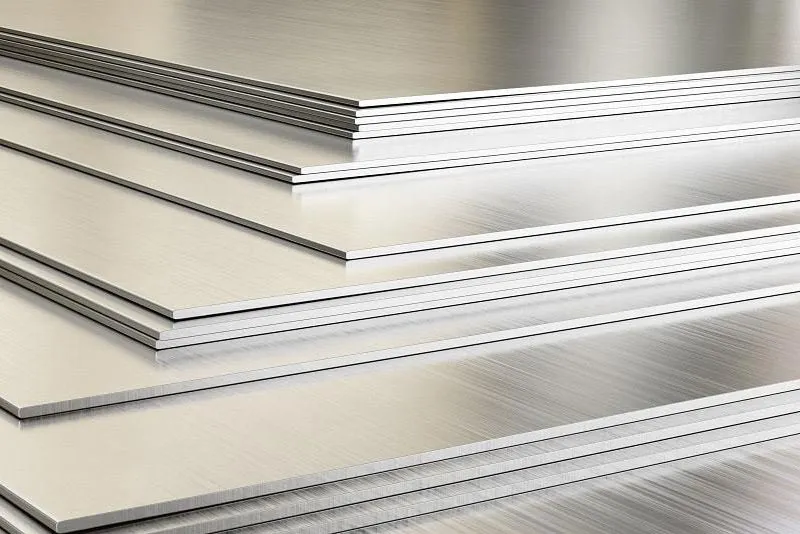Classification of trimming metal process
1. Ordinary trimming metal process: mainly used in low-precision mechanical parts or structural parts, using grinding and cutting methods to meet the processing requirements for surface roughness, dimensional tolerance, polishing finish and other technical characteristics;
2. Trimming process of precision cutting: generally used for the processing of complex-shaped, high-precision mechanical parts or structural parts, which can meet the processing requirements of technical characteristics such as surface roughness, dimensional accuracy, smoothness and polishing.
3. Precision turning and edge trimming processing technology: mainly used in precision mechanical parts or structural parts, its processing size accuracy is higher, and it can meet processing requirements such as surface polishing, roughness, and smoothness.
Features of trimming metal technology:
1. The appearance of parts can be precisely processed to meet customer requirements;
2. The use of trimming processing technology can improve the processing accuracy of parts;
3. No need to add lubricant, friendly to the environment;
4. It can save costs and greatly reduce manufacturing costs;
5. The processing speed is fast, which can save a lot of time and cost of manual operation;
6. The precision and appearance of parts can be guaranteed.
Trimming metal processing procedure:
1. Drawing review: according to the drawings provided by the customer, carefully review the trimming process, check the system standards, and clearly understand the customer’s requirements to ensure the smooth progress of the process;
2. Preparatory processing: According to the customer’s order, prepare the trimming pre-processing material, check the quality of the raw material, select the appropriate machine tool cutting tool, predict the technical parameters of the operation, and prepare the cutting tool tooling;
3. Trimming metal processing: implement trimming processing, accurately control processing parameters, and ensure the processing accuracy of parts;
4. Processing depth inspection: measure the size of the trimming groove, and check the surface roughness of the part to ensure the processing quality;
5. Installation: install the trimming parts on the corresponding parts, and check the size to ensure the accuracy;
6. Appearance inspection: Visually inspect the appearance of parts to ensure the quality of parts;
7. Overall inspection: carry out static test or dynamic test for the overall workpiece to verify the trimming quality of parts;
Finished product quality requirements:
1. For trimming metal parts, the surface requires no cracks, no material storage, and a complete block;
2. The hardness and strength of the tool should be guaranteed to ensure that the ideal machining accuracy can be achieved during the cutting process;
3. The machining accuracy of the workbench is high, which can be used to meet the technical characteristics of parts such as machining accuracy, surface roughness, and smoothness;
4. The service life of the tool needs to be good, and the wear of the tool should be checked frequently;
5. For high-precision machining, the quality requirements of the tool are also relatively high, the cutting process should be stable, and the burr phenomenon should be found quickly;
6. The cutting parameters should be strictly controlled to ensure routine testing and realize the processing requirements of parts;
7. The proportion of part burrs is required to be controlled within a certain range, and the surface coverage needs to reach a predetermined value;
8. The processing cycle should conform to the production beat, with high stability and reduced quality deviation.
Operation points:
1. For parts that are trimmed and processed, the correct tool and cutting process should be selected;
2. Check the tool and make sure that the tip of the tool is the original color and not damaged or deformed, so as not to affect the processing effect;
3. Check whether the lubricating oil surface of the machine tool has changed color, whether the air pump well and spring seal are intact when starting the machine, so as not to pollute the tool;
4. Ensure that the processing speed, cutting depth, feed rate and cutting fluid are all kept normal;
5. When replenishing the tool, be sure to adjust the fasteners of each pole according to the requirements;
6. When shutting down, make sure that the oil level of the machine tool is normal and the machine tool is placed in a stable position;
Precautions:
1. Use the tool within the validity period to check the service life of the tool;
2. Check whether the fixture is fastened to ensure that the parts are stable and firm;
3. The processing speed should not be too high, and the feed rate should not be too fast, so as not to cause instability;
4. Check the matching degree before the tool is reused to eliminate matching errors;
5. During the processing, pay attention to the working conditions, heating, cooling, lubrication, etc., so as to avoid the phenomenon of knife throwing;
6. Pay attention to the finishing work after finishing the processing equipment to ensure that the equipment is intact.

